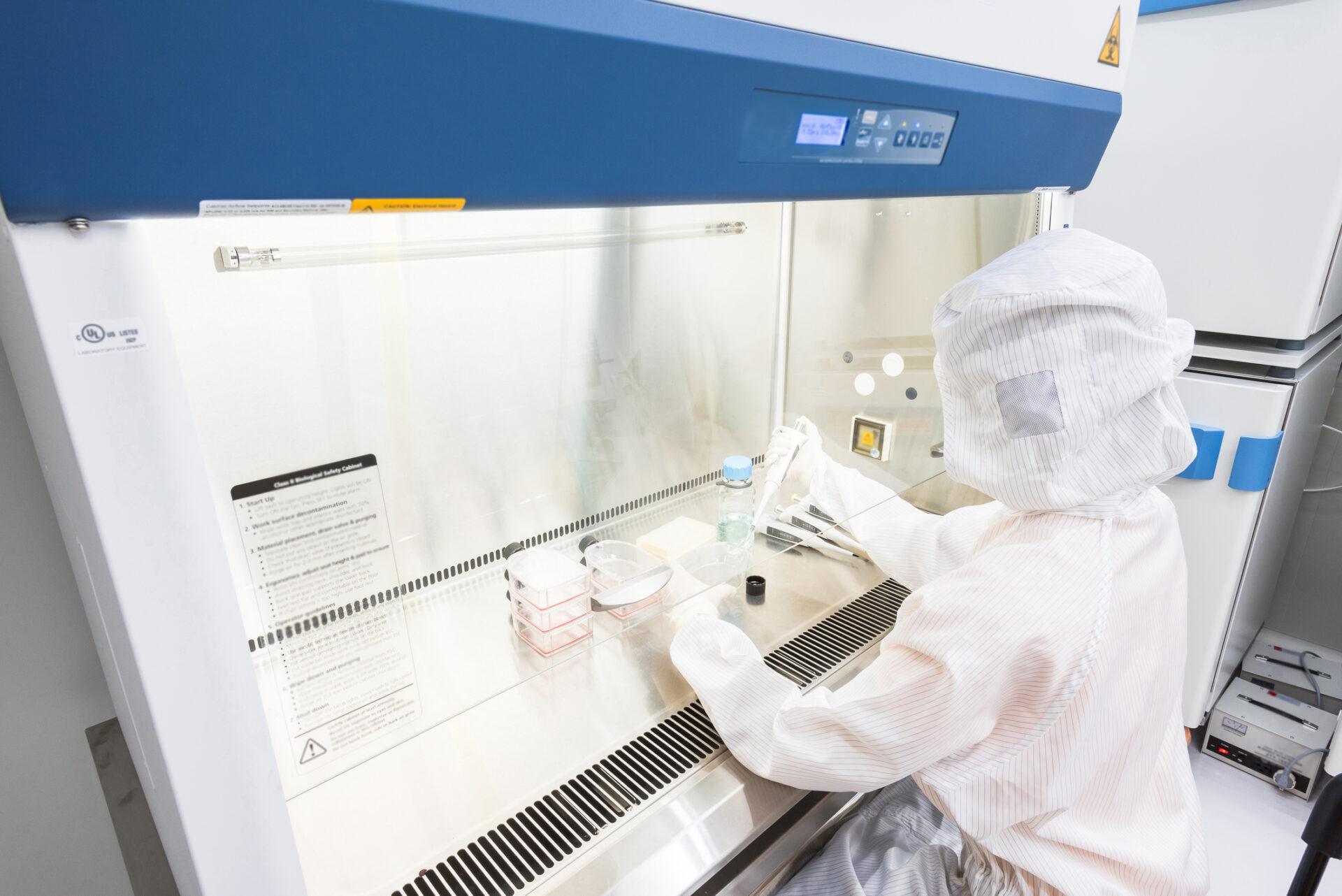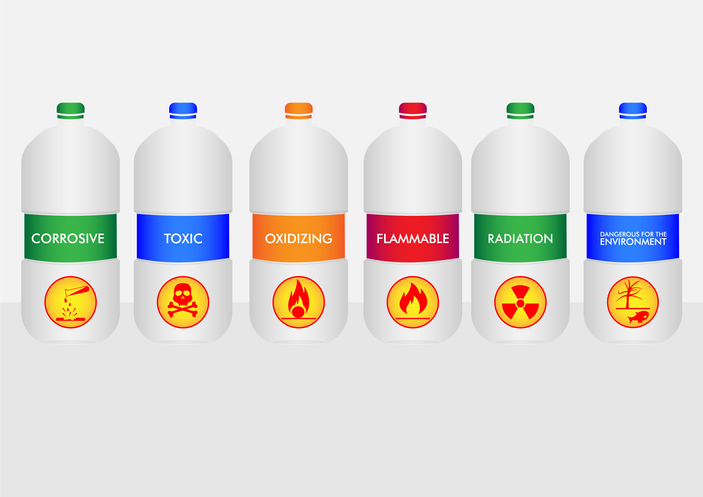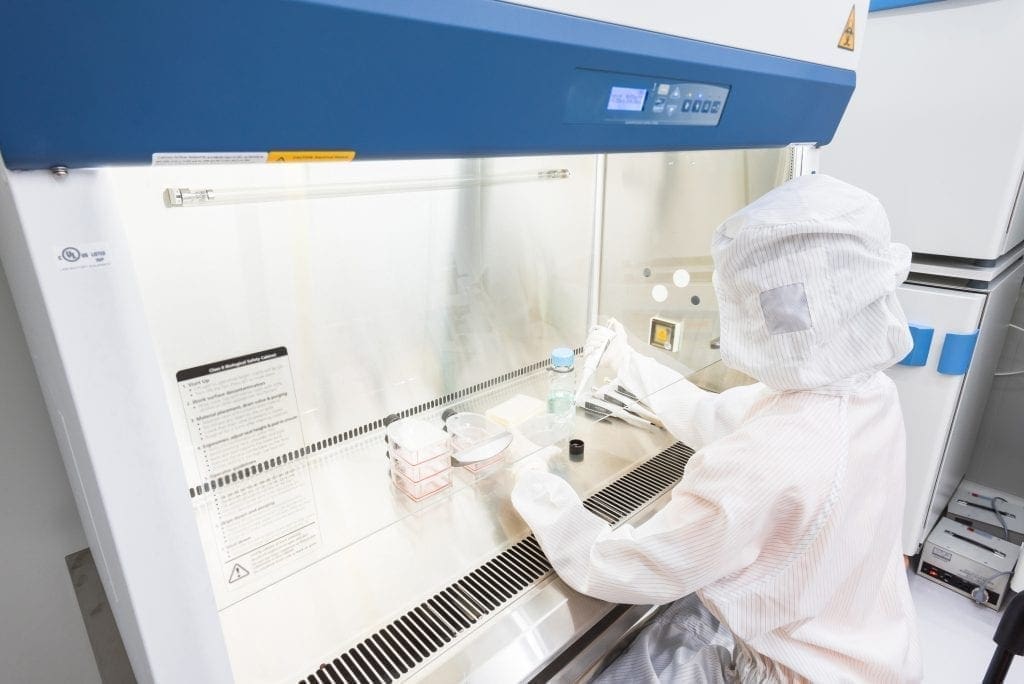
To ensure the safety of everyone working in your laboratory, it is imperative to have the appropriate chemical safety equipment. Like all equipment in the lab, chemical safety equipment should be kept in good condition and full working order.
Chemical safety equipment fulfils two main purposes in the lab: preventing incidents and dealing with the effects of incidents. Your lab will ideally contain both types of equipment. Let’s take a closer look at exactly what is required.
First, we’ll look at the chemical safety equipment you should have in your work area to prevent hazardous chemical incidents.
The simplest and most basic of all chemical safety equipment, labels are essential for good housekeeping in the lab. They guide the appropriate storage, use and disposal of chemicals and ensure that users and others in the laboratory are aware of the chemical, it’s properties, components and the risks, associated hazards, and requirements involved in handling it. It follows that any chemical used in the lab or stored in the storage facilities must be labelled. If the label is peeling or fading it should immediately be replaced.
It is a legislative requirement for all laboratory staff to have access to Safety Data Sheets (SDS) for all chemicals used or stored in laboratory areas. SDS provide important information, including potential risks associated with the safe use and storage of each chemical and the associated hazards. The mandatory 16-section format aims to help chemical users mitigate any potential issues that may arise. An SDS management system makes it easier to keep track of your SDS. Talk to the friendly team at Chemwatch for help in obtaining and managing the appropriate SDS for your lab.
Another important piece of preventative chemical safety equipment is an appropriate storage cupboard or facility. Certain chemicals have very specific requirements for safe storage and the right type of storage facility is imperative regardless of whether they will be stored short or long term.
While specialist storage facilities will vary from lab to lab, there are certain items found in all labs. Chemical storage cupboards, for example, are common to all labs. Make sure that they have the necessary ventilation, fireproofing, locks, or other requirements to meet the storage requirements of the chemicals stored inside. Chemicals stored in these cupboards should be labelled as described above, along with the user’s name, date stored and expected date of removal (where applicable).
The proper organisation of your cupboards is paramount to chemical safety. When storing chemicals, you should consider:

Biosafety cupboards (BSC) and fume hoods are important in the extraction of harmful vapours and the prevention of airborne chemical poisoning. While these two pieces of chemical safety equipment perform similar tasks, they have slightly different applications.
There are three classes of BSC, each increasing in safety and sterility. All three classes have one aspect in common: a HEPA filtration system, which has the ability to trap large amounts of small particles. This filter makes biosafety cupboards ideal for use when handling infectious micro-organisms.
Fume hoods have no such filters and therefore are not suitable when handling any infectious hazards. They are, however, well suited to the handling of hazardous chemicals. While they do not have a filtration system, they do remove potentially toxic vapours from the workspace. These vapours are extracted through ducts by powerful extractor fans and released into the outside atmosphere. Fume hoods can be used for a number of applications, including toxic gases, aerosols, chemicals that can spatter, volatile and flammable materials and odorous gases. For certain applications, it may be necessary to use extraction systems fitted with scrubbers to neutralise or absorb environmental pollutants, to prevent their release into the atmosphere.

If an incident were to occur, there are certain pieces of equipment you need in your laboratory or work area to ensure that any incidents are managed and contained. This equipment will not only deal with the effects of the incident but will also minimise the damage and prevent secondary incidents.
A first aid kit is an essential item in any workplace, and especially in the lab. It always needs to be fully stocked—with adhesive plasters, bandages, antiseptic creams, disposable gloves, and any specific first aid essentials that your lab may require. Check first aid kits every week. Replenish any items you have used as soon as possible and also check regularly for anything that is out of date.
These kits are used in most laboratories to help clean up larger spills. The contents will vary according to the type of chemical spills they are designed to deal with. However, most kits contain absorbent materials in a range of types and sizes to help quickly clean up spills. Kits are colour-coded according to their applications, and some include a wheelie bin for quick disposal of large spills. Either whole sections or parts of the kit can be replaced.
Although both of these pieces of equipment perform the same task (i.e. extinguishing a fire), they do it slightly differently. A fire extinguisher is more useful in the case of a larger fire, especially when a fire is blocking the emergency escape exit and you need to get out. However, using a fire extinguisher may cause irreparable damage to chemicals, equipment and furniture. Therefore, for smaller fires, a fire blanket might be the better option. You will still be able to extinguish flames, but without the collateral damage.
These are used to remove any chemical contamination from the eyes and/or body. Eye wash stations and showers should be tested regularly to ensure that they would be ready to use if an emergency were to occur.
A first aid kit is an essential item in any workplace, and especially in the lab. It always needs to be fully stocked—with adhesive plasters, bandages, antiseptic creams, disposable gloves, and any specific first aid essentials that your lab may require. Check first aid kits every week. Replenish any items you have used as soon as possible and also check regularly for anything that is out of date.
While these essential items are common to laboratories around the world, each laboratory or workspace will have slight variations in their chemical safety equipment. Familiarise yourself with the Standard Operating Procedures (SOPs) for the area you are working in to ensure that you are familiar with the required chemical handling procedures, aware of potential hazards, and prepared for emergency situations.
To find out more about how you can keep yourself and your workers safe while working with chemicals, speak to the Chemwatch team today. We specialise in chemical safety and have years of experience helping clients to stay safe and comply with government regulations.
Sources: